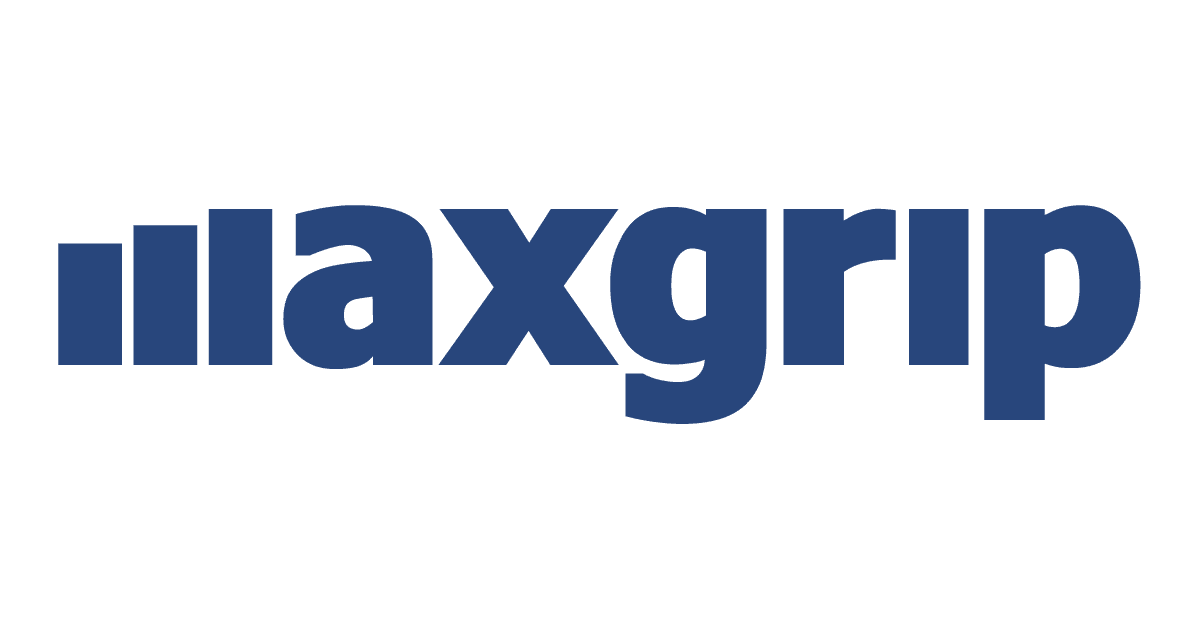Waternet is the water cycle company responsible for the water cycle of the municipality of Amsterdam and part of the provinces of North-Holland and Utrecht. In addition to sewage treatment and surface water management, Waternet also provides sewage and drinking water in the area. This provides a large portfolio of assets. The water company’s maintenance organization copes with challenges such as the aging of its technical staff, digitalization and increasing pressure on the assets due to climate change, among other things. Together with MaxGrip, Waternet developed ‘Clustered Maintenance’ to be able to do smarter maintenance and thus better anticipate those challenges.
Challenge: Working Smarter
The water company’s maintenance organization copes with challenges such as the
aging of its technical staff, digitalization and increasing pressure on the assets due
to climate change, among other things. The organization was looking for a way to
meet all of these challenges. The solution needed to fit in with other processes
which were running in parallel: standardizing the maintenance process, digitalization
with the implementation of a new Enterprise Asset Management (EAM) system and
contract management. In addition, the organization wanted to place more emphasis
on preventive maintenance, obtain a higher first time right percentage and minimal
disruption to the production process.
Approach: Clustered Maintenance
Together with Waternet, we developed Clustered Maintenance. Basically,
this approach is a series of mini turnarounds that are scheduled at set times.
A predefined part of a sewage treatment plant or a complete production line is
clustered in a three-week block. By planning fixed blocks, more attention is paid
to preventive maintenance. Malfunctions are also prioritized in this process; if
it can wait, breakdowns will only be resolved ‘in the block’ by the maintenance
team. Clustered Maintenance, therefore, provides structure and clarity to the
maintenance organization. To implement Clustered Maintenance, we worked
with Waternet on:
- Checking and optimizing current maintenance concepts;
- Mapping the available capacity;
- Developing work processes (team meetings, checklists, formats, etc.);
- Making maintenance cluster-proof: implement adjustments such as the
separation between plannable and non-plannable maintenance; - Clustering Maintenance concepts per location and per asset;
- Drawing up maintenance planning appropriate to Clustered Maintenance;
- Assisting Waternet’s organization in the execution of Clustered Maintenance;
focus on getting and keeping the PDCA loop going.
Organizational change
In order to have Clustered Maintenance adopted internally, a lot of attention is
paid to organizational change. Clustered Maintenance involves working in multidisciplinary teams that work flexibly across the locations. Knowledge is better
facilitated through collaboration in teams with employees from maintenance,
operations, production and projects. In addition, the team fulfills a flying keep
function. MaxGrip initiates collaboration between the departments and ensures
that Clustered Maintenance is widely supported within the organization; not only
in the technical department, production/ operations also play a role in Clustered
Maintenance.
Flexible Resourcing
MaxGrip has developed Clustered Maintenance together with Waternet; the
parties work together on the implementation. MaxGrip helps, for example, by
offering a flexible layer. In key roles where Waternet does not yet have the people
or competencies, we temporarily have a MaxGripper work side-by-side with a
Waternet co-worker. This allows the MaxGrip consultant to help them grow
quickly in their knowledge and expertise. This includes for example answering
the questions: What should a block leader be able to do, for example? What are
the competences and tasks of an integrated capacity planner? What does the
work involve? All of this contributes to Waternet’s goal of having all knowledge
and skills in-house.
“MaxGrip has a lot of knowledge of the maintenance process and they have a lot of experience in the culture aspect, how to
implement and how to take the people along.”
– Henri Broekhuijsen, Manager Maintenance at Waternet –
The Results: Less Failures
The project of Clustered Maintenance is ongoing. This way of working is known
as a best practice among water companies in the Netherlands. So far the
achievements are:
- The execution of the yearly Preventive Maintenance scope has increased from
70 to 95%; - 10% cost savings on contractors and the maintenance scope is executed with
less manpower; - Ratio preventive/ corrective maintenance has changed from 50/50 to a healthier
70/30; - Increased process performance – compliance with licensing requirements;
- Employer of Choice: diversified work in different parts of the organization.
Ambitions are high at the water company. To achieve an even higher efficiency
across departments, Waternet will keep working on standardizing this way of
working. As part of organizational change they will also keep paying attention to
involvement and maintaining focus of all important stakeholders, which can partly
be achieved by communicating continuously
Get inspired
On December 19 of 2022, it is exactly 25 years ago that MaxGrip was officially founded. We asked Jakob Boelens, one of our founders and senior partners of the company, to share his top five of 25 years in business.
In this article we share our tips to proactively manage the maintenance backlog in times of change and a global pandemic.
MaxGrip's strategic approach to asset management maturity involves aligning organizational goals, enhancing data and system integration, and emphasizing process efficiency and human resource empowerment for effective and continuous improvement in asset performance management.





